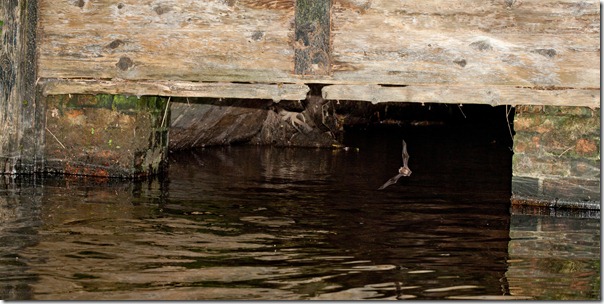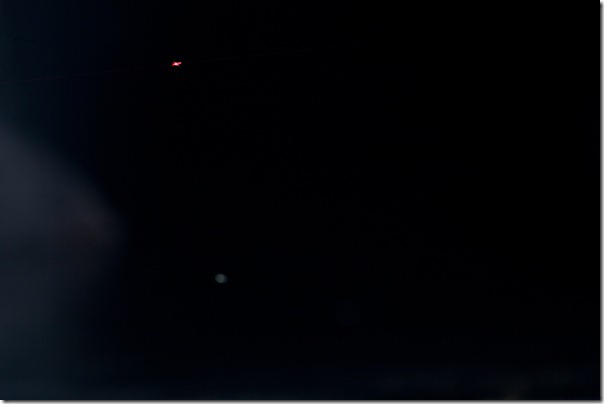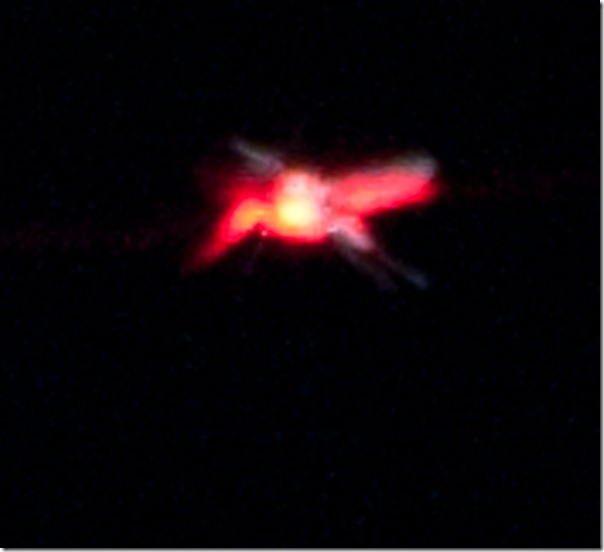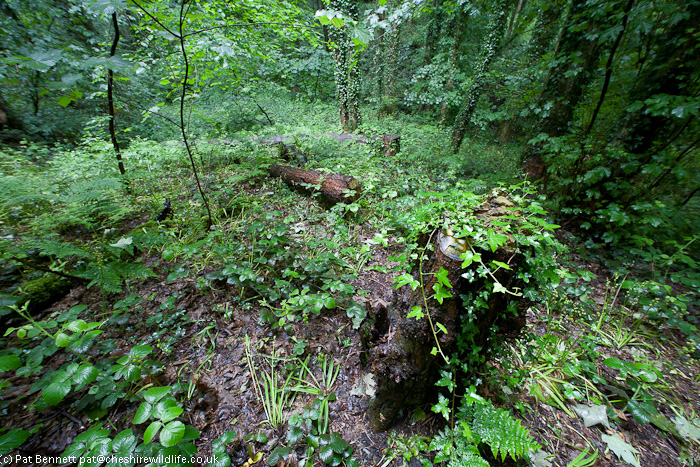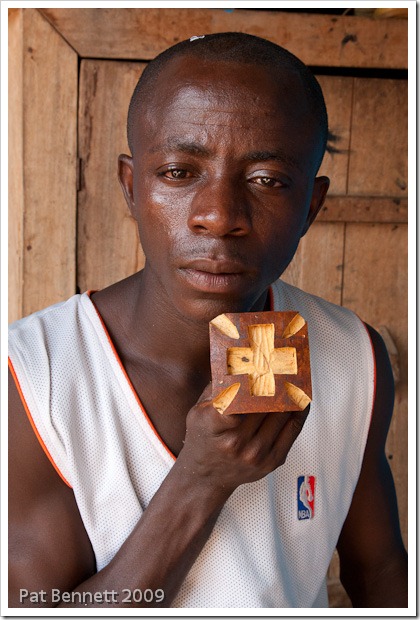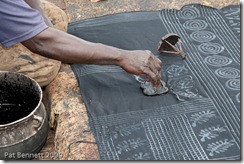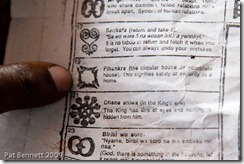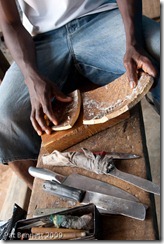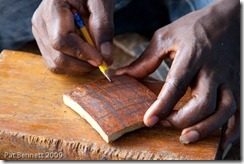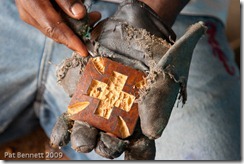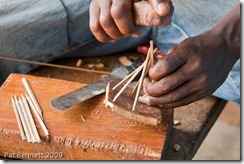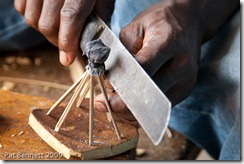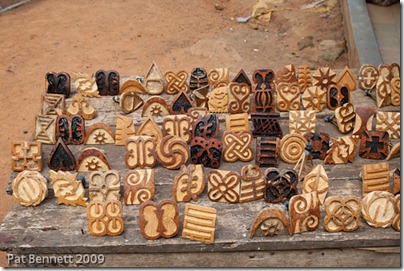After a cloudy morning, the sun came out in the afternoon, so I put the big telephoto on the camera, fitted the monopod, and headed down the track to the river.
The air was cold, but the sun was high enough to be warming and bright enough to dazzle. The ducks on the river were obviously feeling the approach of spring, and on the steep slope running up from the river to the fields, plenty of rabbits were feeding or running about on the open grass.
When I came to the wood, I looked around, and my eye was caught by a patch of colour on the ground beside a tree at the very top of the slope. I swung my lens up towards it, and was delighted by the sight of a fox, lying outside a hole, basking in the sunlight.
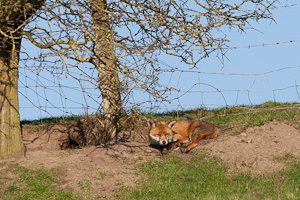
I stood there for a while, taking photographs as I stared through the lens at the fox and he stared back down the lens at me. After a while, his eyelids began to droop and he resumed his dozing in the sunshine. Obviously, he considered me too far away to be a threat.
When I was sure that I had exhausted the photographic possibilities of the situation, I began to climb the slope, at a diagonal to the fox, so that it would appear that I was not approaching him directly. I then stopped and focussed on him again. I had his full atttention.
I took more photographs, and again his eyelids began to droop. I could now see that he was lying beside a hole at the base of the tree. Had he spent the day in the hole, and then  emerged into the intoxication of the spring sunshine and the fresh air? I began to climb the slope again, this time on the opposite diagonal, and I saw him rise to his feet, imagined the regretful sigh as he became reconciled to the necessity of movement. I stopped and took more photographs as he moved reluctantly towards the wood, and as he disappeared from sight, I dropped down the slope again and entered the wood quietly.
emerged into the intoxication of the spring sunshine and the fresh air? I began to climb the slope again, this time on the opposite diagonal, and I saw him rise to his feet, imagined the regretful sigh as he became reconciled to the necessity of movement. I stopped and took more photographs as he moved reluctantly towards the wood, and as he disappeared from sight, I dropped down the slope again and entered the wood quietly.
It’s early March, the best time of year for seeing woodland wildlife. The trees are in bud, holding the promise of the thick sun-cover to come, but the sunshine penetrates to the floor and the trees are transparent, right up to their canopy. I moved through the wood silently, towards the area the fox might be if he did not immediately clear off for pastures new – I was encouraged by his leisurely attitude to think that he might not have done that.
I stood there and waited, every sense alert. The human eye has an incredible ability to spot movement, but as I have aged, the occasional “floater” in my eye betrays me, and I have to put up with the occasional distraction in which my eye leaps to a movement, only to find that it has been caused by an artefact in my vision, a piece of material in my eyeball intersecting with a light-coloured object in my field of view.
Then I saw it. It was the same colour that had caused my eye to leap towards it as I walked along the river’s edge. Not fox – my vision was not good enough to resolve details  of shape – but fox colour. I quickly turned the long lens on the patch of colour, and there was the fox staring intently at me. Not sleepy any more, but wide awake, fully aware of the possibility of deadly danger, intent on survival.
of shape – but fox colour. I quickly turned the long lens on the patch of colour, and there was the fox staring intently at me. Not sleepy any more, but wide awake, fully aware of the possibility of deadly danger, intent on survival.
We stared at each other from opposite ends of my long telephoto lens, learning each other’s details to the extent that they could be seen, for what seemed an age, until he turned away and disappeared from view.
I moved quickly up through the wood to gain a view over the fields, full of sheep with their young lambs, but there was no sign of the fox. He was elsewhere, gone, departed.
But his patch is my patch – I have seen him before, as he has seen me. With good fortune to us both, we will see each other again.
